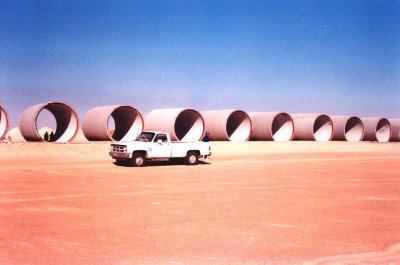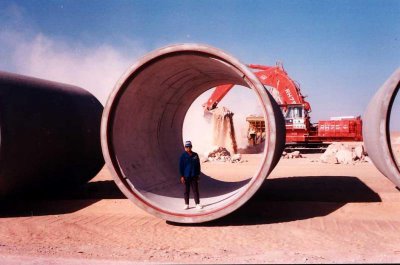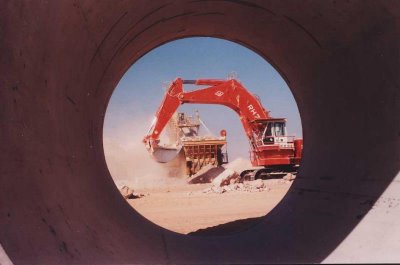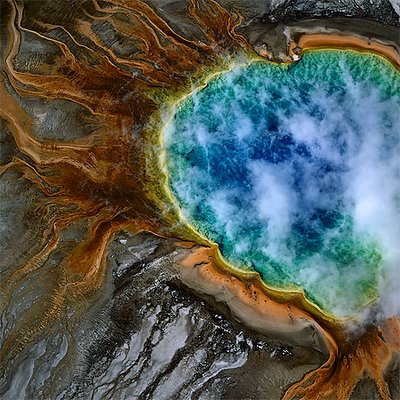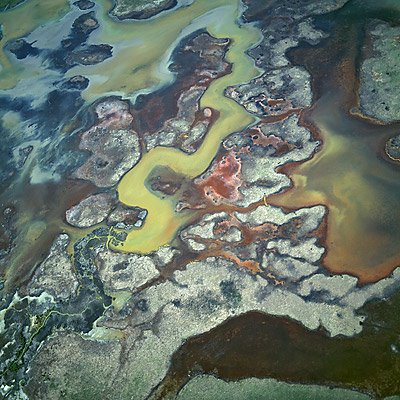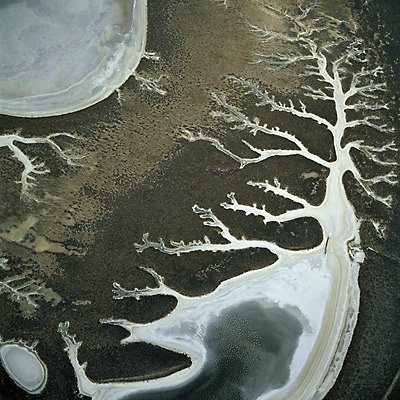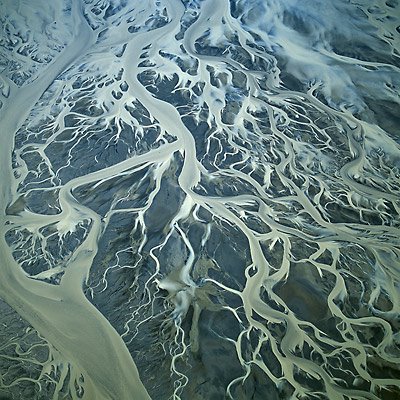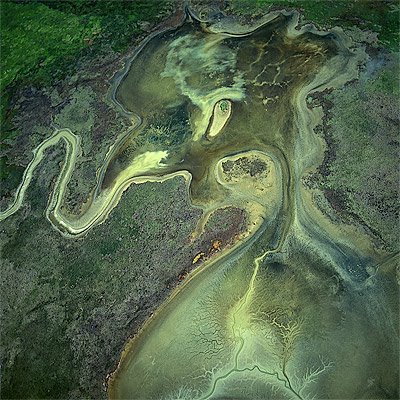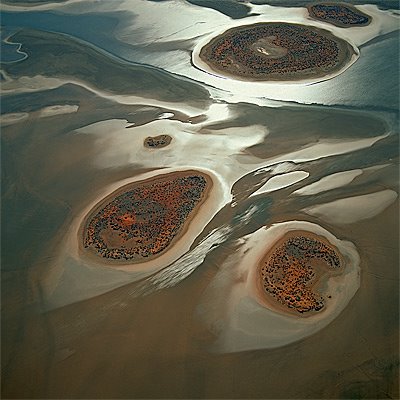 [Image: Photo by Allyn Baum for The New York Times].
[Image: Photo by Allyn Baum for The New York Times].
In a short but otherwise quite remarkable article in today’s New York Times, we read about the barely visible traces of a plane crash that occurred 40 years ago in the skies above Park Slope, Brooklyn. As the article explains, there is “little to indicate that the corner of Seventh Avenue and Sterling Place in Park Slope, Brooklyn, bore violent witness to the worst air disaster at the time.”
“If you look closely, though, there are signs—not wounds from that harrowing day so much as faded scars.”
For the most part, these wounds from the sky take architectural form. They are urban archaeologies of airborne collision—the tragic encounter of a plane with the city—recorded in material detail:
At 126 Sterling, where a 25-foot section of the plane’s right wing knifed through a peach-brick four-story apartment complex, the building still stands, but its bunting-patterned tin cornice is gone; the two matching buildings to the right still have theirs. The first dozen courses of brick below the rebuilt roof don’t match the rest. They are shinier, lighter: newer.
Meanwhile, nearby on 7th Avenue, “at the back of the brownstone at No. 20 that caught fire, a second-floor window was never replaced and has been bricked over. Titus Montalvo, who has lived on the ground floor for nearly 40 years, said that a former landlord warned him he might find fingers while digging in the garden.”
There are even what the article refers to as “crash relics”—rusted pieces of wings—still standing in people’s back gardens like scenes from some new Catholicism of fallen machinery, as rewritten by J.G. Ballard.
But there is something almost giddy in the implication that, if only we could perform a rigorous-enough architectural forensics on the surface of the city—revealing traces of disaster hidden in ornamental cornices and bricked-up windows—then otherwise lost events could be both memorialized and reconstructed. Even the smallest mark on a building’s facade becomes a monument to forgotten histories.

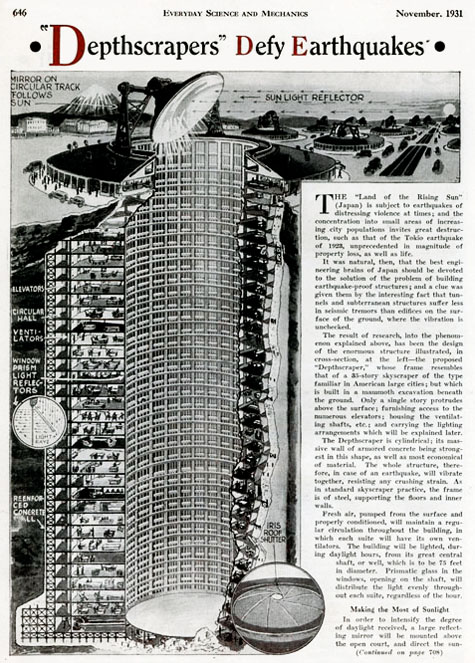 As published by Science and Mechanics in November 1931, the
As published by Science and Mechanics in November 1931, the  [Image: ANY Design Studios, via
[Image: ANY Design Studios, via  [Image: ANY Design Studios, via
[Image: ANY Design Studios, via  [Image: ANY Design Studios, via
[Image: ANY Design Studios, via 

